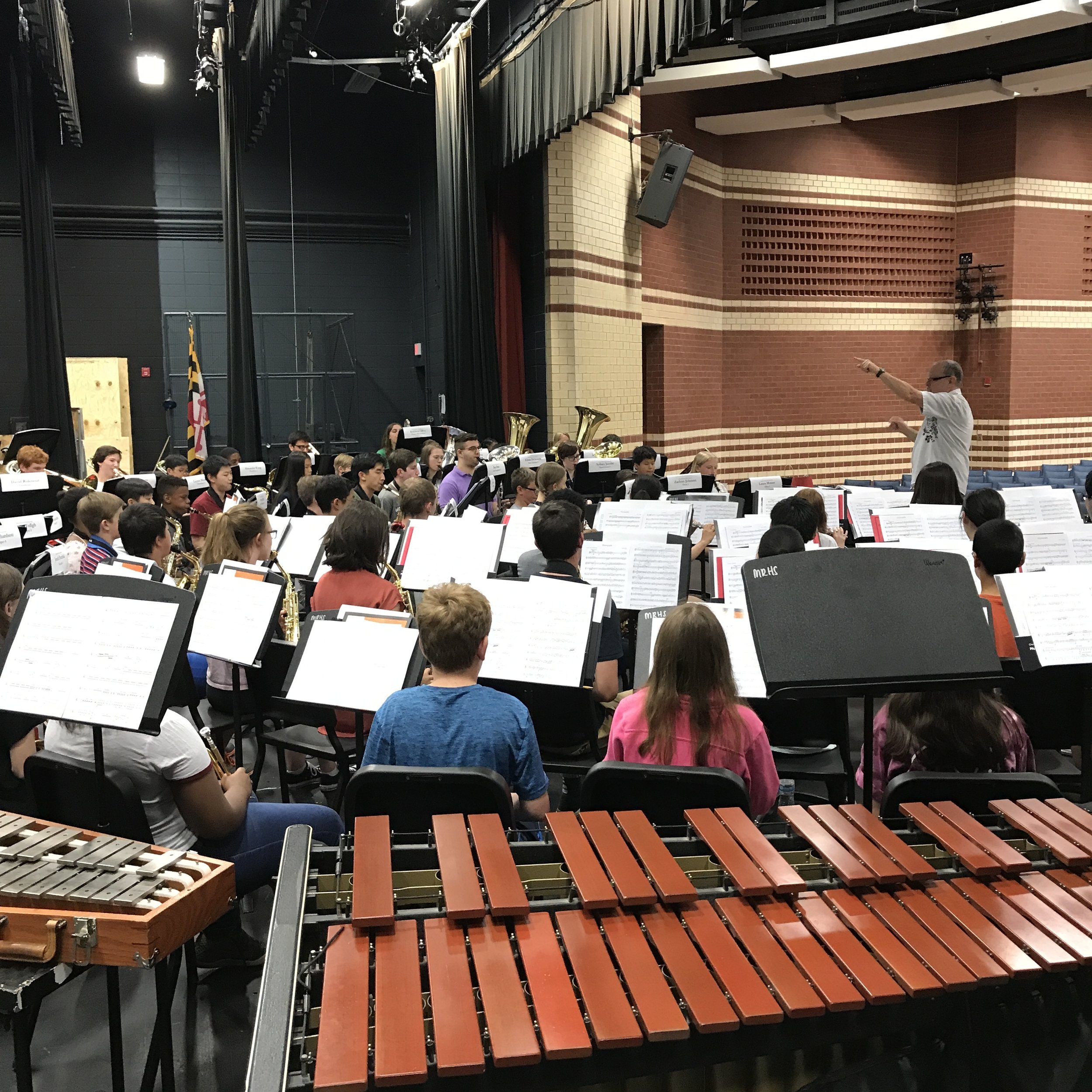iWork Updates Bring Professionally Drawn Artwork, New View Options, and More:
Today Apple released updates for its entire iWork suite across iOS and macOS. Pages, Keynote, and Numbers each received several improvements, some of which are shared and others of which are unique to certain apps.
The most significant update found across all three apps is that over 500 professionally drawn shapes have been added for use. These shapes span a variety of categories, including: Objects, Animals, Nature, Food, Symbols, Education, Places, Activities, Transportation, Arts, People, and Work.
So much to love here. iWork apps have received some hate from die hard Office users over the years but feature updates like this one remind me what I love about Apple apps. They are just so nice. I can see myself using these new shapes, much like I use many of the Keynote templates for my presentations, on a regular basis to make my documents more rich, beautiful, and professional.

